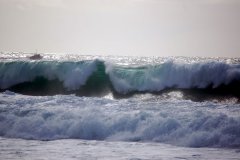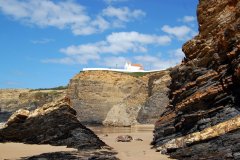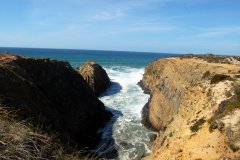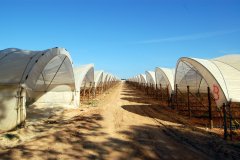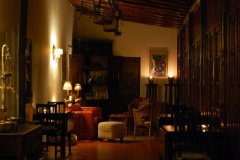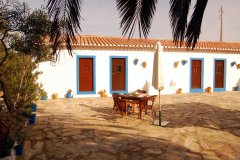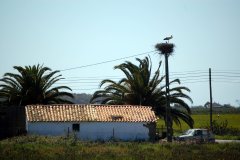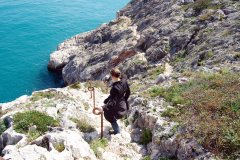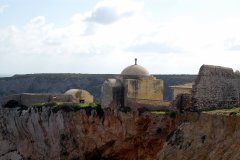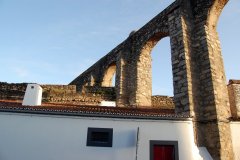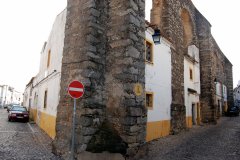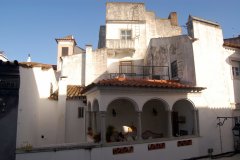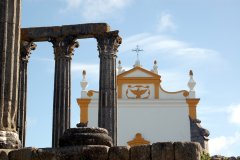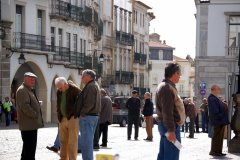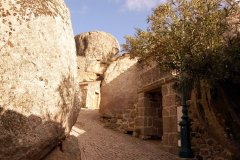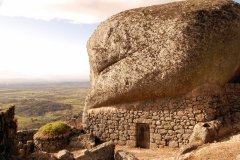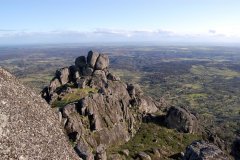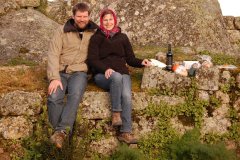Portugal in April 2010.
Just under two weeks in Portugal in early April. This is a good time to visit — not so many tourists and pleasant weather, although May is probably even nicer. We had no problem finding hotels on the spot, with no reservations. All of the rooms were large, comfortable, and clean. It seems that many small towns also have clean, well-equipped public toilets. The pretty tourist towns in Alentejo have free parking outside the city walls.
On average, people in Portugal are relaxed, helpful, friendly, and patient with tourists trying but not getting very far with the Portuguese language. As a backup, basic English is widely understood. Wandering through Lisbon, it feels like a hillier, narrower, shorter, and shabbier Barcelona. In other words, simply splendid.
Our recommendations:
Lisbon Walker walking tours. This company does tours every day of the year (minus Dec. 25 and Jan. 1), in all weather. We even got a private tour — just the two of us and our guide — thanks to the off-season. Our guide — a native “Lisboeta” with excellent English — was very knowledgeable. The company offers six themes: Old Town, Downtown, Cosmopolitan, Legends & Mysteries, City of Spies, and Revelation Tour. Each tour is 2-3 hours long, but not physically strenuous. Highly recommended.
Monte do Papa Leguas about a kilometer outside of Zambujeira do Mar. Northern Europeans will appreciate the bountiful breakfasts: two types of fresh bread, local cheese, ham, fresh fruit, juice, all the coffee you want, and cake, too. No need for lunch. A large terrace, romantic living room, swimming pool…no need to leave Papa Leguas, either!
Taverna Lusitana (website under construction) — A pit-stop on the way down from the fortress, also serves light lunches and dinners. Run by a young couple who’ve escaped the big city of Lisbon. We found out about the B&B above the tavern too late to try it out, but judging from the tavern and owners, we’re betting it’s worth a stay.
Fado Museum — Yes, it’s touristy, but it’s also pretty darn good, if you’re interested in the music form, of course. Interactive displays allow the visitor to sample scores of singers’ voices and repertoires. Go in the off season and you can sit in the soft listening room chairs until you’ve got fado seeping out of your toenails. It’s heavy on history, though; I would have enjoyed more information about today’s young singers and current trends in fado. My newest discovery: Aldina Duarte.
Migas — a patty of crumbled bread and/or potatoes with garlic and spices served as a side dish, a specialty of the Alentejo. A comfort food on par with mashed potatoes. Particularly good at the Restaurante Varanda do Alentejo in Marvao.
Fresh cheese and regular red wine — both are very good in Portugal. Both breakfasts and coffees are larger than in Italy. [OK, OK, food plays a major role in our travels….]
